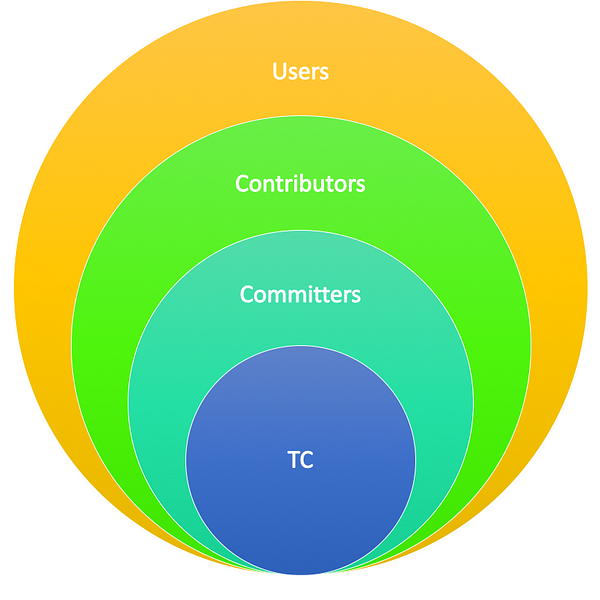In comparison with this structure, which offers possibilities of connection that can be actualized, the importance of what has actually been noted is secondary. Many of the notes will soon become unusable or cannot be used at a given occasion. This holds both for excerpts which are only useful in the case of especially remarkable formulations and for our own deliberations. Theoretical publications do therefore not result from simply copying what can already be found in the slip box. The communication with the slip box becomes fruitful only at a high level of generalization, namely that of establishing communicative relations of relations. And it becomes productive only at the moment of evaluation, and is thus bound to a certain time and is to a high degree accidental.
Sobre la publicación, habría que preguntarse qué pasa si lo que se publica no es prosa, sino los materiales crudos que hacen las múltiples variaciones de publicación posibles, muy en la línea de lo que propone el movimiento de ciencia y publicación abiertas, junto con las múltiples métricas que visibilizan el valor de un tipo particular de publicación.

